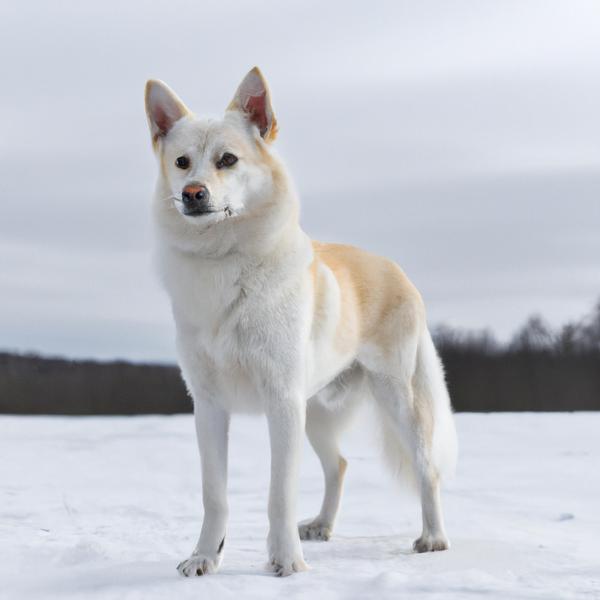Eskijack vs. Neahond: Breed Differences and Similarities
Hypoallergenic
Are Eskijacks or Neahonds hypoallergenic, or neither?
Unfortunately, neither Eskijack nor Neahond are hypoallergenic, which may not make them the best choice for dog lovers who suffer from pet allergies.
Temperament
What are the personalities of Eskijack and Neahond dogs?
Stubborn
Independent
Energetic
Protective
Alert
Courageous
Intelligent
Friendly
Cheerful
Playful
Stubborn
Agile
Protective
Intelligent
Obedient
Dominant
Quick
Trainable
Fearless
Bright
Sturdy
Shedding Level
Do Eskijacks shed more than Neahonds, or which breed sheds more, Eskijacks or Neahonds?
Eskijacks shed a lot of hair each year, so frequent brushing is essential for reducing shedding and maintaining coat health.
Neahonds are heavy shedders, but regular brushing can help manage shedding and promote a healthy coat.
Origin
What is the origin of Eskijack and Neahond dog breeds?
United States
United States
Ancestry
What are the origins of Eskijack and Neahond breeds?
American Eskimo, Jack Russell Terrier
Keeshond and Neapolitan Mastiff
Date of Birth
When were Eskijack and Neahond breeds first developed?
Unknown
2000s
Eye Color Possibilites
What are the eye colors of Eskijack and Neahond dogs?
Brown
Brown
Amber
Coat Color Possibilites
What are the natural colors of the coat for Eskijack and Neahond breeds?
Cream
White
Brown
Black
Gray
Brown
Blue
Silver
Sable
Brindle
Coat Length
What is the typical coat length for Eskijack and Neahond breeds?
Eskijacks have longer coats compared to most dogs.
Neahonds have medium-length coats.
Coat Density
What is the density of the coat of Eskijack and Neahond?
Coat Texture
What is the hair texture of Eskijack and Neahond?
Wavy
Straight
Litter Size
What is the usual litter size for Eskijack and Neahond?
An Eskijack can have a litter of 4-8 puppies on average. However, it's worth noting that the size of the litters can vary greatly. Factors that can influence litter size include the health of the mother, breeding history, and genetics.
A Neahond can have a litter of 6-12 puppies on average. However, it's worth noting that the size of the litters can vary greatly. Factors that can influence litter size include the health of the mother, breeding history, and genetics.
Adaptability
The adaptability of Eskijack and Neahond dogs is a well-known trait. They are known for being able to adjust well to different living environments and lifestyle changes.
Health Issues
Between Eskijack and Neahond, which breed is more prone to health problems?
While the Eskijack breed is generally healthy, occasional vet check-ups are still necessary to address any health concerns.
Neahonds typically have low vet costs due to their good health, but it's important to monitor their health and seek vet care when necessary.
Major Concerns
What are the major health concerns for Eskijack and Neahond breeds?
Hip Dysplasia
Legg-Calve-Perthes Disease
Progressive Retinal Atrophy (PRA)
Renal Cortical Hypoplasia
Canine Hip Dysplasia (Chd)
Heart Diseases and Disorders
Gastric Dilation Volvulus (GDV) or Bloat
Minor Concerns
What minor health issues should be kept in mind when owning Eskijack and Neahond?
None
Patellar Luxation
Entropion
Ectropion
Skin Allergy “atopy”
Occasional Tests
What occasional tests are recommended for Eskijack and Neahond breeds?
X-Rays
CT Scan
Eye Examination
Physical Examination
Cardiac
Up:Uc Ratio For Kidney Function
Eye Examination
Skin Evaluation
Ultrasound
Internal Imaging (x-ray, CT scan, MRI, etc.)
Electrocardiograph (ECG - measures rate and rhythm)
Social Needs
Eskijack vs Neahond social needs comparison
Eskijack and Neahond have above average social needs compared to other breeds. They thrive in environments where they have a lot of interaction with humans and other dogs.
Sleeping Need
Which of the two sleeps the most/least: Eskijack or Neahond?
Eskijacks are active and require sufficient sleep to stay healthy.
Neahonds have moderate energy levels and typical sleep patterns of 12-14 hours per day.
Mouthiness
Mouthiness Comparison: Eskijack vs Neahond?
Roaming urge
Eskijack vs Labrador: Running away tendency?
Prey Drive
Eskijack or Neahond - which breed has a higher level of prey drive?
Activity Level
Which breed has higher energy, Eskijacks or Neahonds?
Eskijacks are high-energy dogs. They need mental as well as physical exercise. These dogs require a lot of your involvement and without it they can, and will, become problematic dogs.
Neahonds are medium-energy dogs and typically enjoy socializing and playing casual or even sustained games of chase with other dogs. They may also have occasional periods of barking or racing around the house.
Tolerance of being left alone
Walks per Week
How many miles should Eskijack or Neahond walk each week?
There's really no limit to how far you walk your dog as long as they're comfortable. For Eskijack, it's at least 11 miles / week. Just remember to build distance and stamina gradually over time.
There's really no limit to how far you walk your dog as long as they're comfortable. For Neahond, it's at least 7 miles / week. Just remember to build distance and stamina gradually over time.
Activity per Day
Do Eskijacks or Neahonds require more exercise?
In general most Eskijacks usually need at least 90 minutes of exercise daily. This can be spread across the day and include all sorts of high-energy activities, like walking, running and playing.
In general most Neahonds usually need at least 45 minutes of exercise daily. This can be spread across the day and include all sorts of high-energy activities, like walking, running and playing.
Grooming
Which breed is easier to maintain in terms of grooming, Eskijacks or Neahonds?
Eskijack and Neahond are breeds of dogs that require an average amount of grooming effort.
Brushing Frequency
What is the recommended brushing frequency for Eskijack and Neahond dogs?
Eskijack and Neahond should be brushed at least once a week. Of course, you can give them more frequent brushes if you find that they are still shedding a lot.
Brushing Tools
What brushing tools are used for Eskijacks and Neahonds?
Pin Brush
Comb
Clipper
Nail Clipper
Pin Brush
Slicker Brush
Comb
Nail Clipper
Cups
How much food should be given to Eskijack or Neahond in cups?
For an average 25-30 pound (11 - 14 kg) Eskijack feed 3 cups daily. But, keep in mind, the amount you feed is going to be dependent on the quality of the food you are feeding.
For an average 100-130 pound (45 - 59 kg) Neahond feed 3.5 cups daily. But, keep in mind, the amount you feed is going to be dependent on the quality of the food you are feeding.
Daily Cost
Which breed has a higher daily cost, Eskijack or Neahond?
The average cost of an Eskijack is somewhere $1.70 - $2.00 per day.
The average cost of a Neahond is somewhere $3.40 - $4.50 per day.
Monthly Cost
Which breed has a higher monthly cost, Eskijack or Neahond?
The average per month expenses of an Eskijack is between $48 - $63. This makes an average of $576 - $756 per year. It will be on the higher side when the dog is still small because it will need more frequent visits to the vet, shots.
The average per month expenses of a Neahond is between $101 - $134. This makes an average of $1212 - $1608 per year. It will be on the higher side when the dog is still small because it will need more frequent visits to the vet, shots.
Sensitivity Level
How do Eskijack and Neahond compare in sensitivity?
This breed is sensitive and requires gentle handling and a calm home environment.
This breed is sensitive to its environment and best suited for patient and understanding families with a consistent routine.
Apartment Friendly
Which breed is more apartment-friendly: Eskijack or Neahond?
Eskijacks and Neahonds are dogs that do well in apartments with sufficient exercise, but they would really appreciate a small yard.
Child Friendly
Do Eskijacks or Neahonds have a friendlier temperament towards children?
Eskijack and Neahond are kid-friendly dogs. They are good with children and excellent dogs with children if they are socialized and trained at a young age.
Senior-friendly
Which dog is more suitable as a pet for the elderly - Eskijack or Neahond?
Cat Friendly
Do Eskijack or Neahond breeds have a better compatibility with cats?
Eskijacks are average in their friendliness toward cats and tend to do well with them, especially if raised together.
Neahonds are good with cats, but early training is needed to prevent chasing behavior.
Dog Friendly
Which breed is more sociable with other dogs: Eskijack or Neahond?
Eskijacks are friendly and active companions, and can be good family pets, though their friendliness towards other dogs may vary.
Neahonds are average in their friendliness towards other dogs, and socialization can help.
Pet friendly
How do Eskijack or Neahond dogs interact with other pets?
Stranger Friendly
Which breed is more friendly with strangers: Eskijack or Neahond?
Eskijack and Neahond are average friendly around strangers. They can be wary around strangers and a little standoffish, so early socialization is key to ensure they are comfortable around new people.
Playfulness
Which breed is more playful between Eskijack and Neahond?
Eskijacks are very playful, so adopting an older one might be a better option for a more relaxed experience.
Neahonds have an average level of playfulness, enjoying playtime like most dogs but not excessively so.
Trainability
How do the trainability levels of Eskijacks and Neahonds compare?
Eskijacks are popular for their ease of training and quick learning ability.
Neahonds are usually easy to train but require consistency to fully obey commands.
Compare Eskijack with other breeds
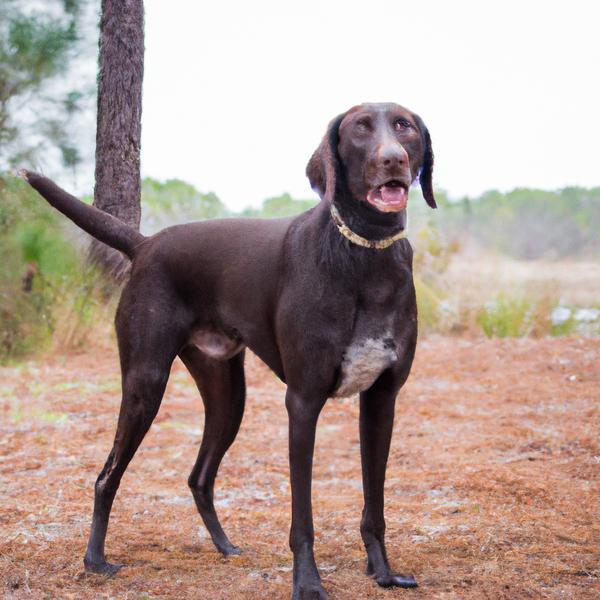
German Shorthaired Lab
Eskijack vs German Shorthaired Lab
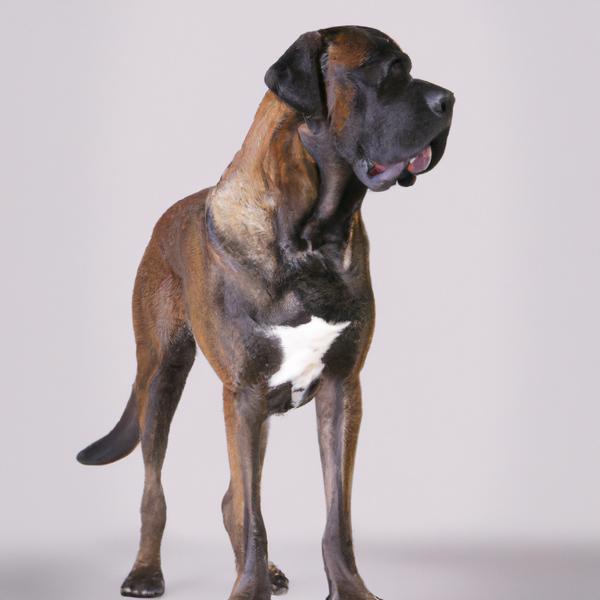
Neahond
Eskijack vs Neahond
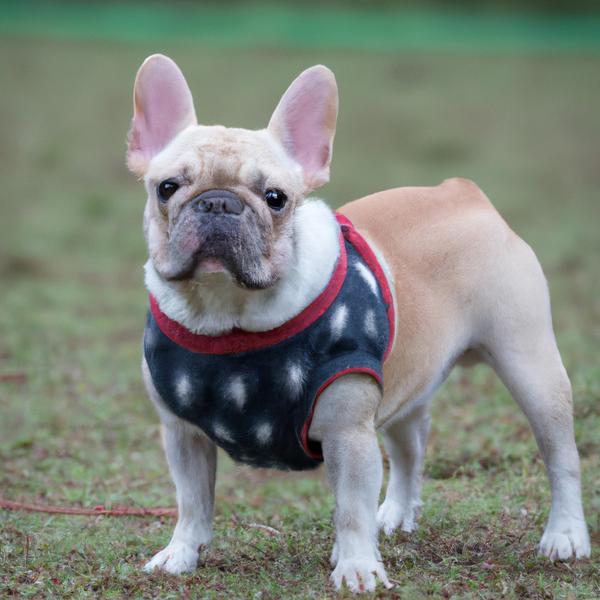
Frenchie-Pei
Eskijack vs Frenchie-Pei
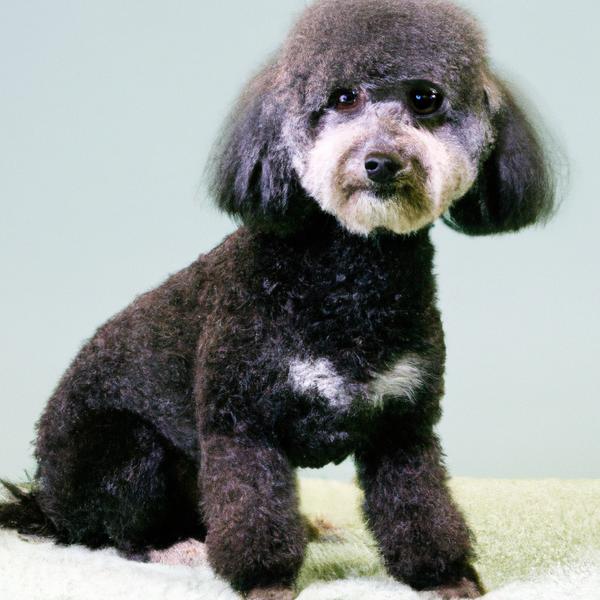
Pinny-Poo
Eskijack vs Pinny-Poo

Goldendoodle
Eskijack vs Goldendoodle
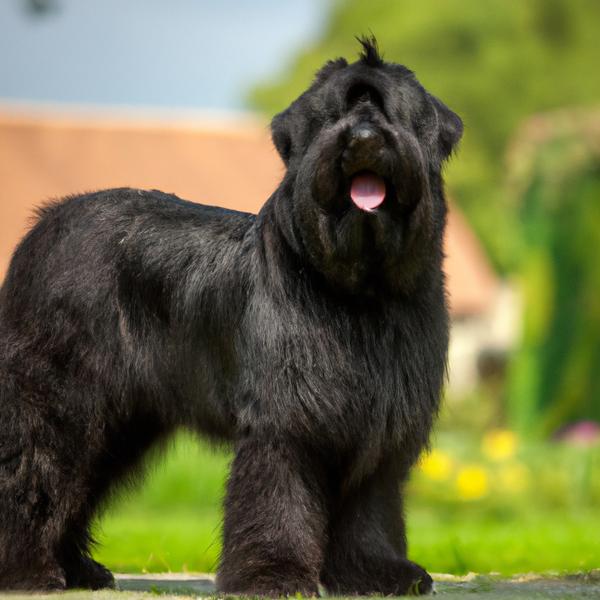
Giant Bolonauzer
Eskijack vs Giant Bolonauzer
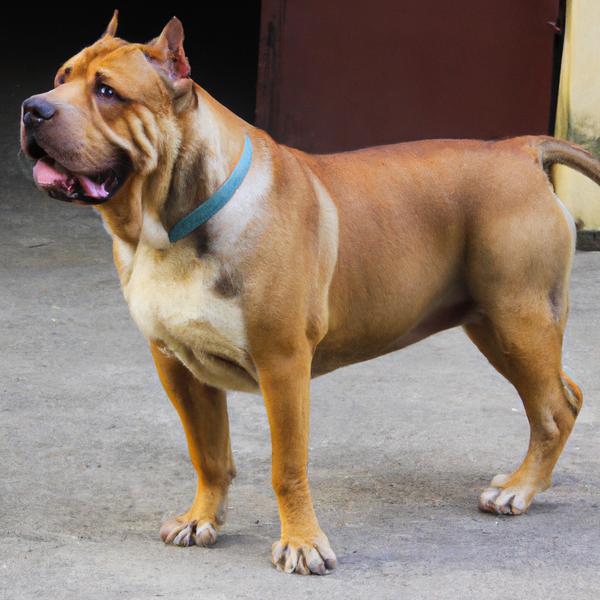
Masti-Bull
Eskijack vs Masti-Bull
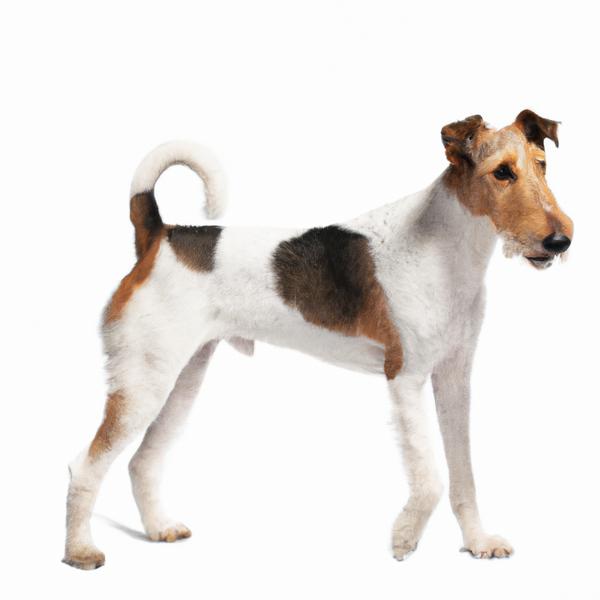
Smooth Fox Terrier
Eskijack vs Smooth Fox Terrier

Miniature Goldendoodle
Eskijack vs Miniature Goldendoodle

Afghan Bay Retriever
Eskijack vs Afghan Bay Retriever
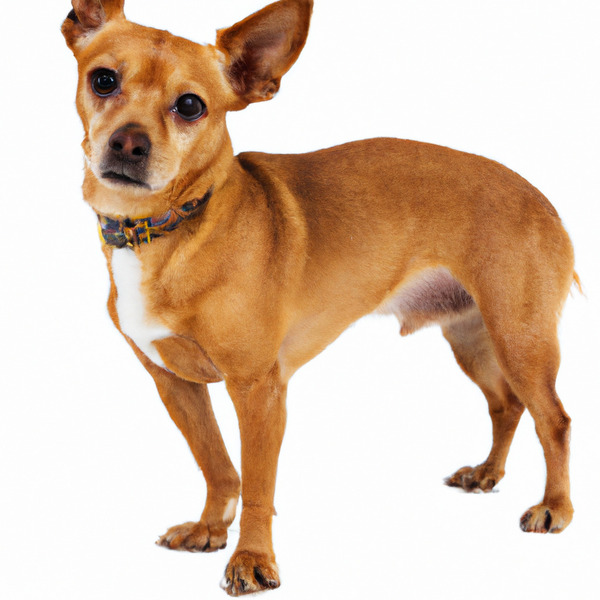
Taco Terrier
Eskijack vs Taco Terrier

Papshund
Eskijack vs Papshund
